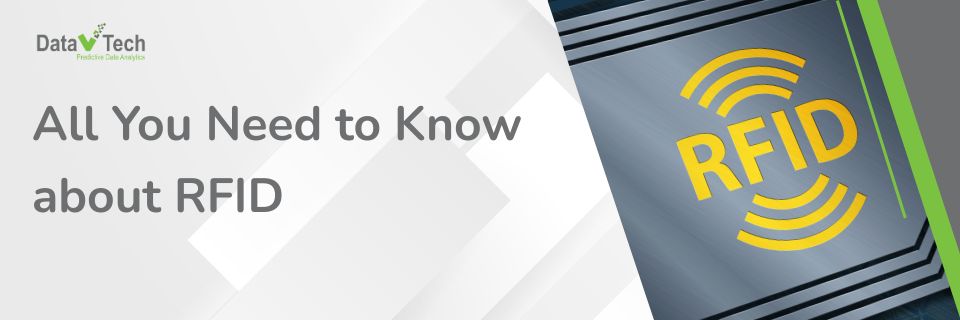RFID (Radio Frequency Identification) has become the secret sauce in the recipe for modern manufacturing efficiency—spicy enough to shake up inventory tracking and crunchy enough to chew through manual errors, all while keeping operations smooth and savory for newcomers to the field. Here’s everything a fresh face in manufacturing should know about RFID—and why Data V Tech says, “Tag it, scan it, love it!”
What Is RFID? (And Why Should You Care?)
RFID is like a barcode’s cooler cousin. It uses radio waves to automatically identify and track objects equipped with miniaturized tags, so raw materials, tools, and finished products never go missing in action. Imagine a magic sticker that lets managers know exactly where each widget is, from the assembly line to the loading dock—no awkward scanning required!
- RFID tags are either passive (harvest energy from the scanner), active (carry their own juice), or semi-passive (a little from column A, a little from column B.
- These tags can store serial numbers, manufacturing dates, and even assembly instructions, making your warehouse smarter than ever.
How Does RFID Work in Manufacturing? (No Wands Required)
The process goes something like this:
- Tag ’em: Attach RFID tags to all the things—raw materials, machines, or finished goods.
- Scan ’em: RFID readers pick up info from tags in real-time and feed it to the system—with no need for a direct line-of-sight (unlike barcodes—pfft).
- Integrate ’em: Connect RFID to ERP and warehouse management platforms for a full view of what’s where, when, and how much of it you’ve go.
Key Applications in Manufacturing
Before RFID, tracking inventory was like herding cats. Now it’s more like a duck parade—orderly and visible:
- Work-In-Progress Tracking: Every part’s journey through production gets mapped instantly.
- Tool Management: Never lose a wrench again—RFID tags keep tabs on all equipment, so you’ll know when it’s in use or due for maintenance.
- Automatic Inventory Counts: Ditch the clipboard; RFID does stock-taking automatically, and reorders parts when they run low.
Benefits of RFID (Crunchy Data in Action)
- Efficiency: Reduce manual labor and speed up production by up to 30%.
- Accuracy: Fewer errors, better shipments, and smarter manufacturing all round.
- Cost Savings: Lower inventory carrying costs and optimize labor—all while keeping things shipshape.
- Safety: Track equipment maintenance for fewer workplace whoopsies.
Challenges and Considerations
Before you slap tags everywhere, a little heads-up:
- Initial investment: The setup isn’t free, but long-term savings are sweet.
- Integration pains: Fitting RFID into existing systems may take work (but hey, Data V Tech can help!).
- Data security: Like all tech, RFID needs safeguards against unauthorized reads.
The Future: RFID & IoT—Even More Delicious
RFID isn’t peaking; it’s evolving! It’s teaming up with the Internet of Things (IoT) for deeper data and smarter automation—think less guessing, more knowing, and production lines that almost read your mind.
Crunchy Takeaways for Newcomers
- RFID is the hot ticket for tracking, tracing, and turbocharging manufacturing processes.
- It automates boring stuff and makes inventory, production, and tool management easier, faster, and funnier (okay, maybe not funnier, but definitely less frustrating).
- With a little setup and support, RFID can transform “Where is it?” into “There it is!”—and that’s exactly the kind of magic Data V Tech likes to deliver.
Welcome to the world of RFID—where manufacturing meets microwave-speed tracking, and your career gets a whole lot spicier!


